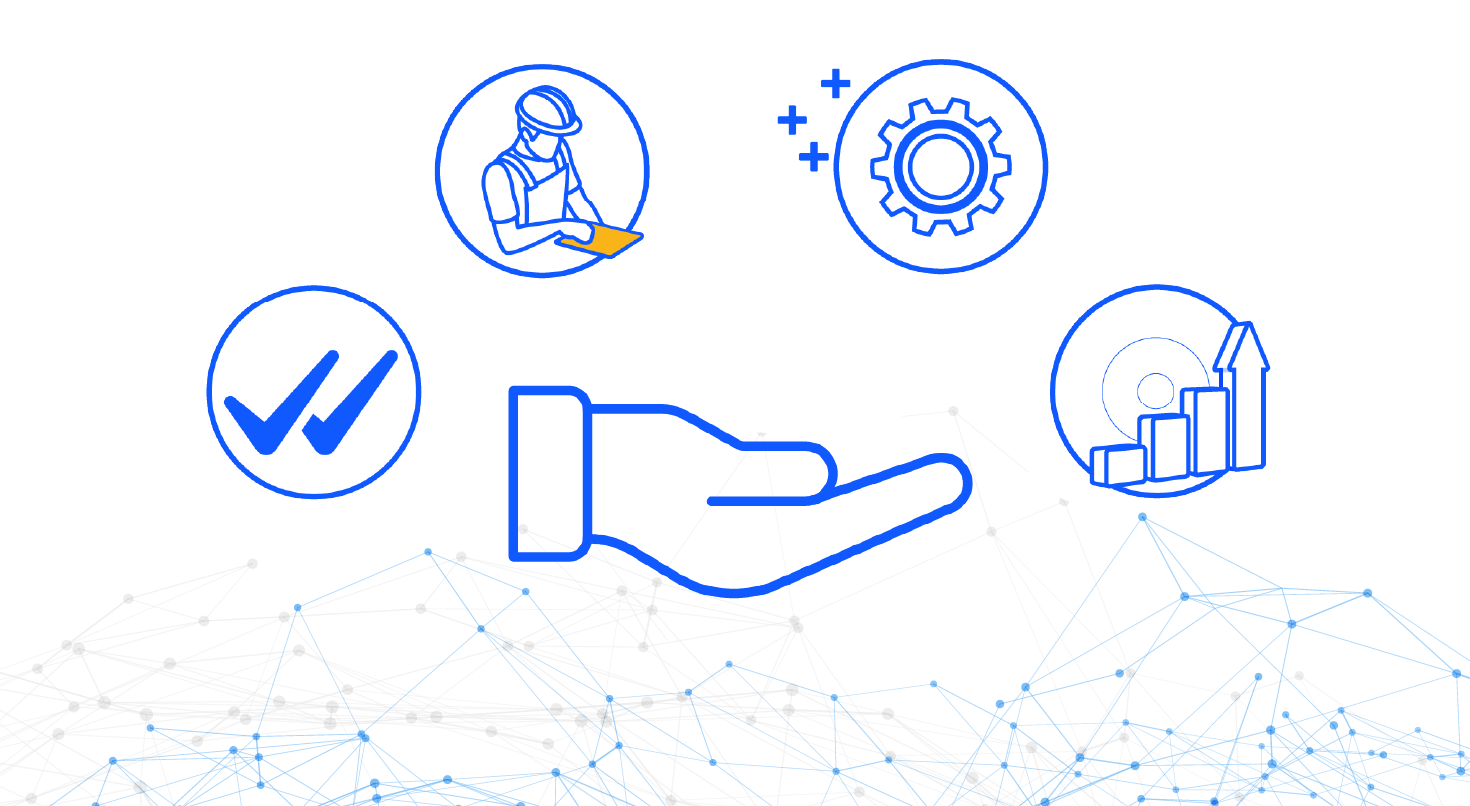

Béatrice Fournié - Marketing & Communication manager
According to a study by MarketsandMarkets, the Industry 4.0 market is expected to reach $156.6 billion by 2024, with a compound annual growth rate (CAGR) of 16.9% between 2019 and 2024. This concept, aimed at digitizing and automating production processes in the manufacturing industry, uses advanced technologies such as the Internet of Things (IoT), artificial intelligence (AI), robotics, and augmented reality.
Thanks to these new technologies, equipment manufacturers have the opportunity to produce differently, develop smarter products and services, and improve manufacturers operational efficiency and productivity.
The digital transformation is disrupting the industrial market, changing the competitive landscape and the emergence of new business models. It also offers many opportunities, especially when implemented effectively and with the right partners.
The business model of industrial equipment manufacturers can vary depending on their specific activity and market position, but there are some common elements that generally characterize their business model.
In 2022, 62% of equipment manufacturers use a “Cost Plus” model (according to a study by Copperberg), but is this the right strategy to stand out from the competition?
The "Cost plus" approach has the advantage of being relatively easy for companies to calculate and understand because it is based on real costs. However, it does not take into account market demand or competition, which can make prices uncompetitive or insufficiently profitable.
Defining the right business model means determining how to generate recurring and sustainable revenues. What is the proposed product or service? What is the added value of this product or service compared to the competition?
Many equipment manufacturers still rely on a reactive model, which involves waiting for failures to occur before intervening, which can lead to costly downtimes and production disruptions. In the event of a breakdown, the operator must contact the after-sales service, not always efficient, or buy back the necessary parts, even the machine, etc.
In this model, the service aspect is not at all considered as a source of value for manufacturers.
One of the solutions to this is to leverage data as an enterprise asset, moving from reactive to proactive.
This involves reversing the service approach, to change from an “expertise to the machine” mode to an “expert machine to the technician” mode. Combining these data-driven services with an appropriate business model can improve customer satisfaction while ensuring a competitive and efficient future.
Some benefits for end users:
Options applicable with a specific scope:
Key elements of such a contract include:
This type of contract allows you to strengthen your strategic position and engage a high level of availability based on proven performance.
Pay-as-you-go is a pricing model in which the customer pays only for the goods or services they actually use, rather than for a predefined package or period. This may include pricing models such as hourly, kilometer, etc.
The aim is for the manufacturer to offer its equipment in the form of an optimized operational cost since the service provider bears this cost directly.
This pricing model offers many benefits, including:
The subscription offer "Pay for Use" ensures security for the end user who will pay for access rather than possession. They no longer have to worry about installation, maintenance, after-sales service, etc. The equipment manufacturer manages everything for them.
For this business model to work, the manufacturer will:
In this model, it is not the product that has value, but rather its use.
Implementing a proactive service solution means valuing your skills, business knowledge, and agility. Data makes it possible to fulfill this promise by placing assets at the heart of the system and distributing knowledge to the players in the value chain. By their precision and reliability, they are also the means to make viable the economic models that are the foundation of the transformation process.
Aiming for more than 30% improvement in the performance of its field teams and significantly increasing the revenue, and predictability, of the service department, are ambitious but attainable goals. In addition, customer satisfaction, motivation, recognition of the service teams, and a better knowledge of customer usage are the obvious indirect benefits.
Related News
